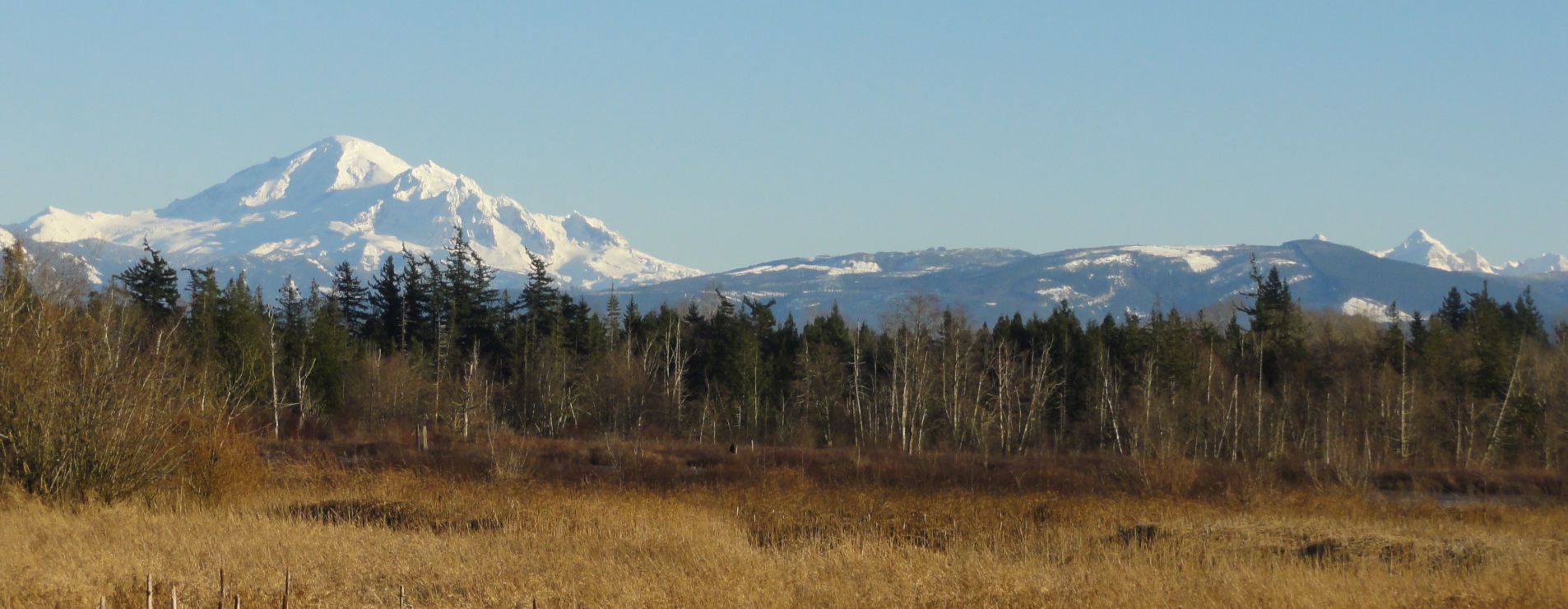Winter 2017
We meet on Thursdays from 3:00-4:00 in Padelford C-301. Our theme for this quarter is computational methods, which is a broad theme that will include methods for dimension reduction, data assimilation, and anything else we can think of. However, nobody said we need to always stick to the theme, so feel free to select a paper outside of the theme if you wish.
Schedule
The following is the current schedule of papers and presenters. We will sign up for presentation slots during our first meeting and as necessary thereafter.
Date |
Speaker |
Topic |
|---|---|---|
| January 12 | Jim Faulkner | Overview -- no paper to read [Slides] |
| January 19 | Johnny Paige | Nychka et al. 2014 and LatticeKrig package [Slides] [R script] |
| January 26 | Hannah Director | Data assimilation following review by Nychka et al. or Chapter 27 of the Handbook of Spatial Statistics |
| February 2 | John Best | Process Convolutions -- paper by Calder and Cressie (2007) |
| February 9 | Branden Olson | Berrocal et al 2010 "A spatio-temporal downscaler for outputs from numerical models" |
| February 16 | Jim Faulkner | Cressie and Johannesson 2008 "Fixed rank kriging for very large spatial data sets" [Slides] |
| February 23 | -- | No meeting this week |
| March 2 | Johnny Paige | Gotway and Young (2002) Combining incompatible spatial data. [Slides] |
| March 9 | NA | Discussion of topics for next quarter |
Potential Papers for Discussion
These are only a small sample of possible papers. Feel free to pick one not on the list. This list will be appended throughout the quarter...
Modeling large data sets
- Banerjee, S., A.E. Gelfand, A.O. Finley, and H. Sang. 2008. Gaussian predictive process models for large spatial data sets. Journal of the Royal Statistical Society, Series B. 70(4):825-848. Link
- Cressie, N., and G. Johannesson. 2008. Fixed rank kriging for very large spatial data sets. Journal of the Royal Statistical Society, Series B. 70(1):209-226. Link
- Datta, A., S. Banerjee, A. O. Finley, and A. E. Gelfand. 2016. On nearest-neighbor Gaussian process models for massive spatial data. Computational Statistics 8(5):162-171. Link
- Furrer, R., M. G. Genton, and D. Nychka. 2006. Covariance tapering for interpolation of large spatial datasets. Journal of Computational and Graphical Statistics 15(3):502-523. Link
- Hughes, J., and M. Haran. 2013. Dimension reduction and alleviation of confounding for spatial generalized linear mixed models. Journal of the Royal Statistical Society, Series B. 75(1):139-159. PDF
- Katzfuss, M. 2012. Bayesian non-stationary spatial modeling for very large data sets. Environmetrics 23(1):94-107Link
- Katzfuss, M. 2016. A multi-resolution approximation for massive spatial datasets. Journal of the American Statistical Association (just accepted). Link
- Lindgren, F., and H. Rue. 2011. An explicit link between Gaussian fields and Gaussian Markov random fields: the stochastic partial differential equation approach. Journal of the Royal Statistical Society, Series B 73(4):423-498. PDF
- Nychka, D., S. Bandyapadhyay, D. Hammerling, F. Lindgren, and S. Sain. 2014. A multi-resolution Gaussian process model for the analysis of large spatial data sets. Journal of Computational and Graphical Statistics 24(2):579-599. Link (Note: This should ideally be presented with the LatticeKrig R package)
- Rue, H., S. Martino, and N. Chopin. 2009. Approximate Bayesian inference for latent Gaussian models by using integrated nested Laplace approximations. Journal of the Royal Statistical Society, Series B 71(2):319-392. PDF
- Simpson, D., F. Lindgren, and H. Rue. 2012. In order to make spatial statistics computationally feasible, we need to forget about the covariance function. Environmetrics 23:65-74. PDF
- Stein, M. L., J. Chen, and M. Anitescu. 2013. Stochastic approximation of score functions for Gaussian processes. The Annals of Applied Statistics 7(2): 1162-1191. PDF
- Sun, Y., and M. L. Stein. 2016. Statistically and computationally efficient estimating equations for large spatial datasets. Journal of Computational and Graphical Statistics 25(1):187-208. Link
Data assimilation and change of support
- Berrocal, V. J., A. E. Gelfand, and D. M. Holland. 2010a. A spatio-temporal downscaler for outputs from numerical models. Journal of Agricultural, Biological and Ecological Statistics 15:176-197. PDF
- Berrocal, V. J., A. E. Gelfand, and D. M. Holland. 2010b. A bivariate space-time downscaler under space and time misalignment. The Annals of Applied Statistics 4(4):1942-1975. PDF
- Berrocal, V. J., A. E. Gelfand, and D. M. Holland. 2012. Space-time data fusion under error in computer model output: an application to modeling air quality. Biometrics 68:837-848. PDF
- Fuentes, M., and A. E. Raftery. 2005. Model evaluation and spatial interpolation by Bayesian combination of observations with outputs from numerical models. Biometrics 47:80-91. PDF
- Gelfand, A. E., L. Zhu, and B. P. Carlin. 2001. On the change of support problem for spatio-temporal data. Biostatistics 2(1):31-45. PDF
- Gotway, C. A., and L. J. Young. 2002. Combining incompatible spatial data. Journal of the American Statistical Association 97:632-648. PDF
- McMillan, N., D. M. Holland, M. Morara, and J. Feng. 2008. Combining numerical model output and particulate data using Bayesian space-time modeling. Environmetrics 21:48-65. PDF
- Wikle, C., and L. M. Berliner. 2005. Combining information across spatial scales. Technometrics 61(1):36-45. PDF
Additional Resources
- Cressie, N., and C. K. Wikle. 2011. Statistics for spatial-temporal data. John Wiley & Sons
- Banerjee, S., B. P. Carlin, and A. E. Gelfand. 2015. Hierarchical modeling and analysis for spatial data. . Second edition. CRC Press, Taylor & Francis Group.
- Gelfand, A. E., P. Diggle, P. Guttorp, and M. Fuentes (Eds.). 2010. Handbook of spatial statistics. CRC Press.
- Rue, H., and L. Held. 2005. Gaussian Markov random fields: theory and applications. Chapman & Hall/CRC.
Assorted Space-Time Links
- Spatial Statistics Journal website
- STATMOS Statistical Methods for Atmospheric Sciences & Oceanic Sciences
- NC State Spatial Statistics Reading Group
- Ohio State Research Group in Spatial Statistics and Environmental Statistics
- R CRAN Task View: Analysis of Spatial Data
